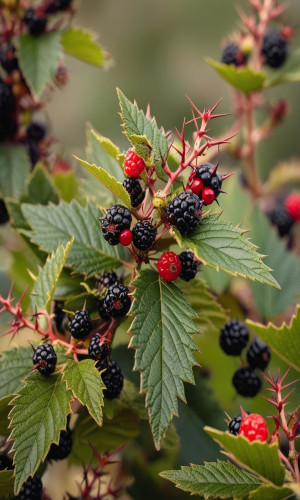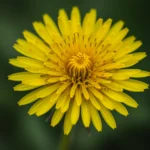Selfsufficiencytoday.com is embarking on the rewarding journey of foraging for wild edibles that requires a blend of knowledge, caution, and respect for nature. The sources emphasize several crucial aspects to ensure safe and sustainable foraging practices.
Proper identification:
Identification is the cornerstone of safe foraging. It is essential to be absolutely certain a plant is edible before consumption.
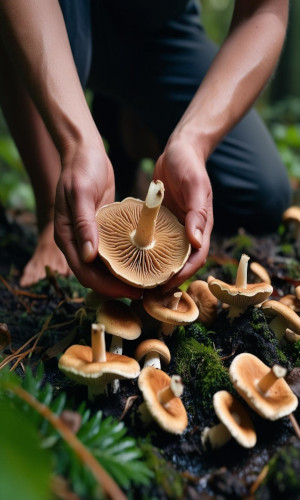
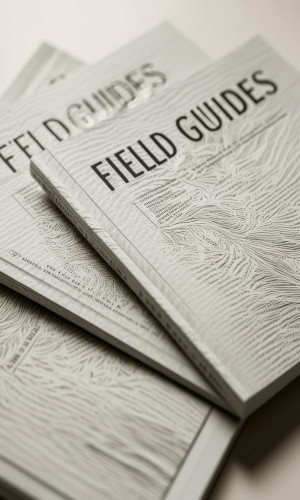
Here’s how to approach identification:
Seek guidance from experienced foragers to build confidence.
Utilize reliable field guides with detailed photos or illustrations, information on habitat, and palatability. Two recommended guides are “Identifying and Harvesting Edible and Medicinal Plants in Wild (and Not So Wild) Places” by Steve Brill and “Field Guide to Edible Wild Plants: of Eastern and Central North America”.
Learn to identify dangerous species in your area to avoid them.
Do not rely solely on common names as they can be misleading; use Latin names for accuracy.
Engage all your senses; pay attention to the plant’s smell, feel, and texture, in addition to its appearance. Familiarize yourself with plant habitats and companion plants. Observe wild edibles through all seasons to aid in identification and determine harvest times. Understand which parts of a plant are safe to consume.
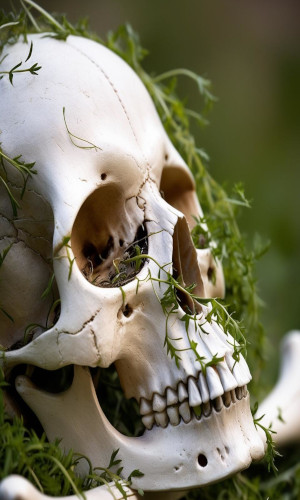

Keep a foraging journal to track seasonal availability.
Sustainable foraging practices are equally crucial for preserving plant populations and ensuring future harvests. Avoid overharvesting; respect plant populations and take no more than 10% of the plants in an area, or less, depending on foraging pressure. Only collect what you intend to use.
Do not forage rare or protected species. Harvest only the necessary portion of a plant, leaving enough to ensure its continued growth. As a general rule, take no more than 25% of a plant if the whole plant is not needed.
Consider cultivating wild edibles in your garden to aid in conservation.
Foraging safely involves awareness of potential hazards:
Stay away from areas that are likely to be contaminated, such as areas near roads or where pesticides are used. Be aware of which part of the plant to use, and at what time of year.
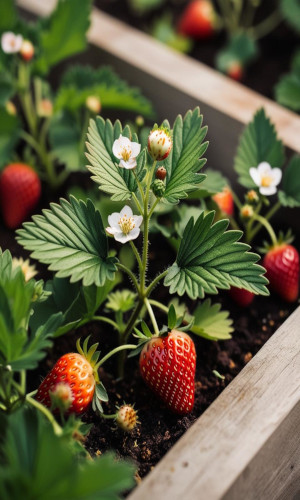
When collecting wild water plants, ensure the water source is not contaminated. Only harvest healthy-looking plants. Always get permission before foraging on private property.
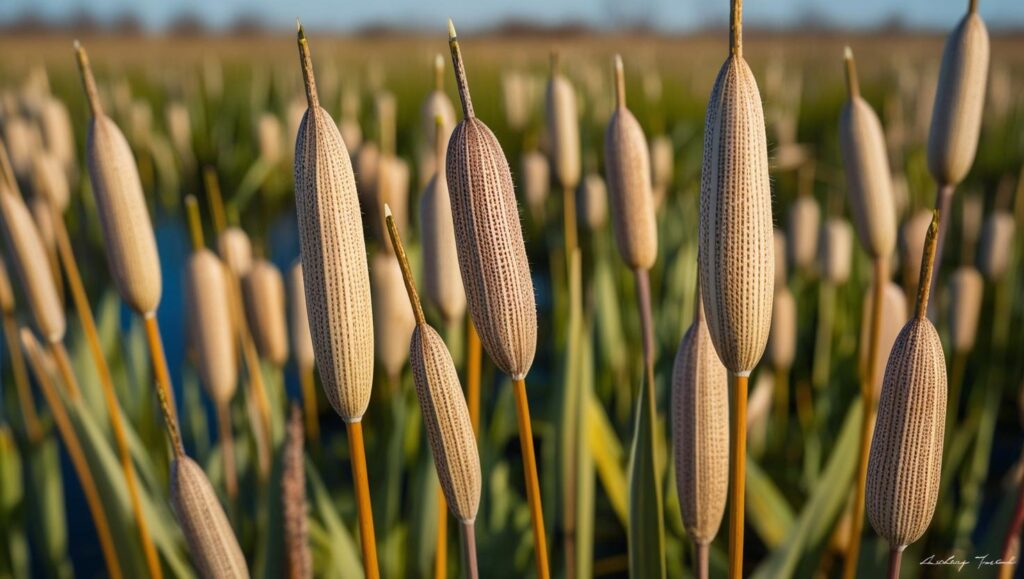
Starting with common plants can build confidence:
Begin with easily identifiable and readily available plants. Some common edible weeds to begin with include dandelion, wild onion, chickweed, hairy bittercress, plantain, violets, and clover.
Improving foraging skills is an ongoing process:
Try learning to identify one new wild edible plant each time you forage.
Study all the potential uses of each plant, including medicinal properties.
Foraging is more than just gathering food; it’s a way to connect with nature and access nutritious food. By adhering to these guidelines, you can engage in safe and sustainable foraging practices.
